-
Windows
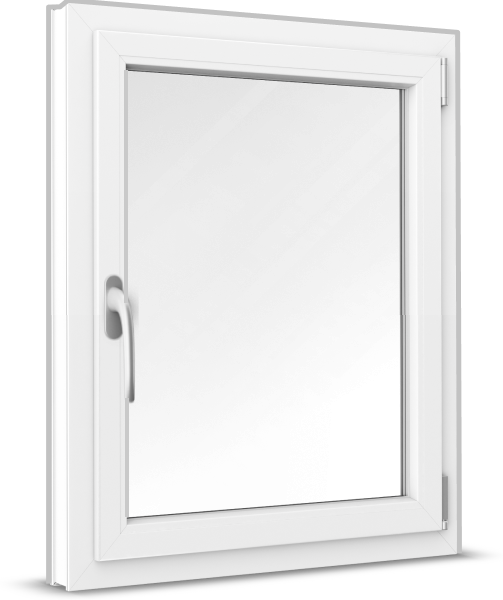 Windows
Windows
-
French Doors
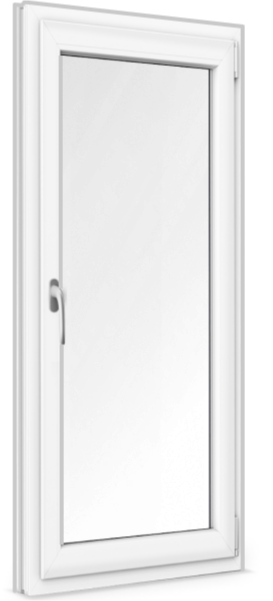 French Doors
French Doors
-
Patio Doors
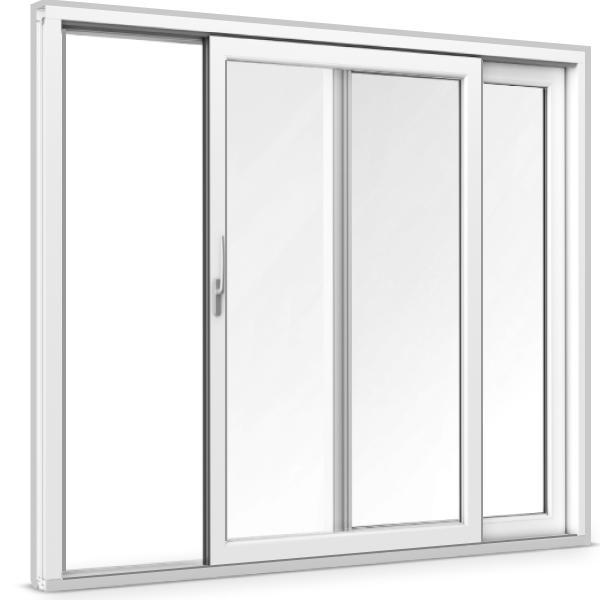 Patio Doors
Patio Doors
-
Front Doors
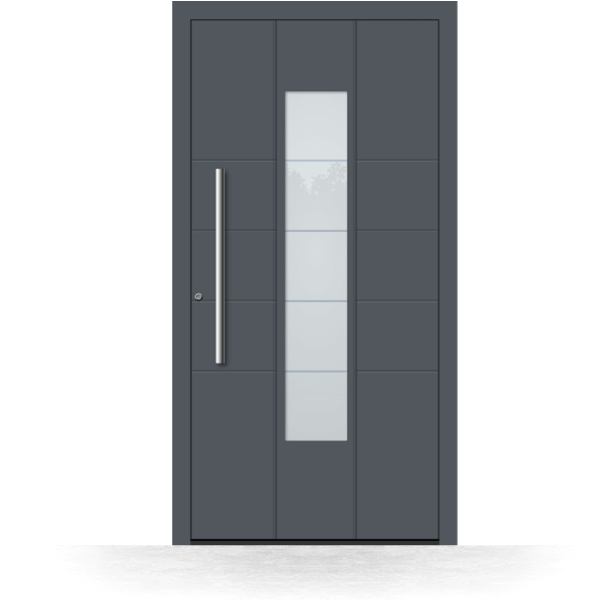 Front Doors
Front Doors
-
Roller Shutters
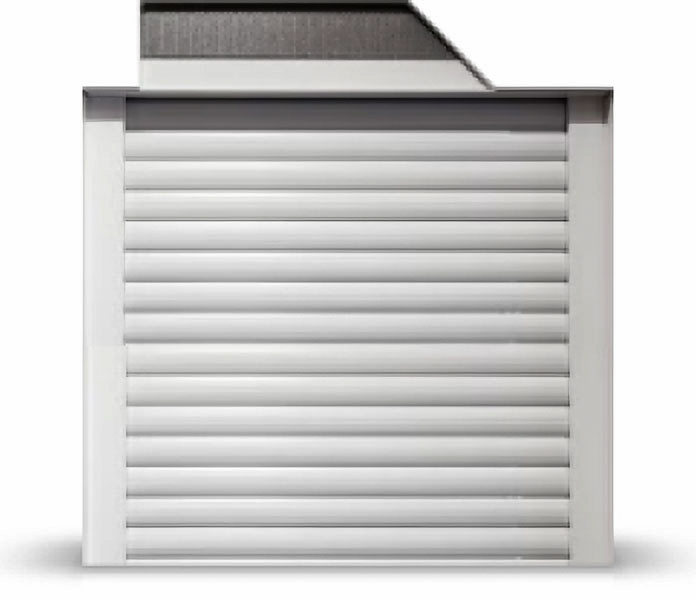 Roller Shutters
Roller Shutters
-
Window Sills
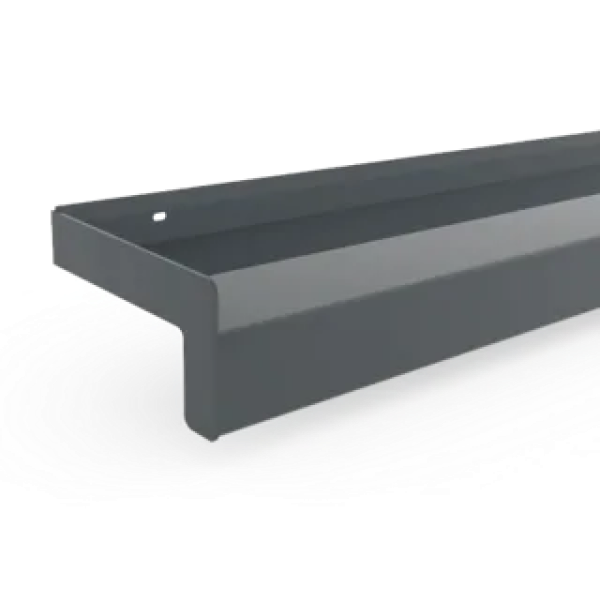 Window Sills
Window Sills
Sign in
Contact us

Toughened glass, often referred to as tempered glass, is a type of safety glass that is produced using controlled heat or chemical processes to increase its strength compared to regular annealed glass. Without knowing the term, you already know what toughened glass is, seeing it used in vehicle windows and even refrigerator trays. When broken, it shatters into tiny blunt pieces instead of jagged shards. Picture the fine grains of glass on the ground next to a broken telephone booth versus the large dangerous pieces of glass when a home window is broken.
Single pane safety or toughened glass is made from annealed glass using a thermal tempering process. If that sounds complicated, the process is actually simple. A sheet of glass is laid on a roller table and slid through a furnace (like on a conveyor belt). The furnace heats it up to over 600 C (1,057 F) in a matter of seconds, past what is called the transition temperature. The glass is then immediately and rapidly cooled back down on the surface, while the inside remains hot. This second stage is carried out by blowing cold air over the entire sheet.
This process puts the surface under stress and creates inner tension in the glass pane. While seemingly contradictory, this is what makes the glass toughened or tempered, and gives it greater strength than regular glass. The idea is similar to why being hit in the stomach hurts less when your muscles are tightened compared to when they are not.
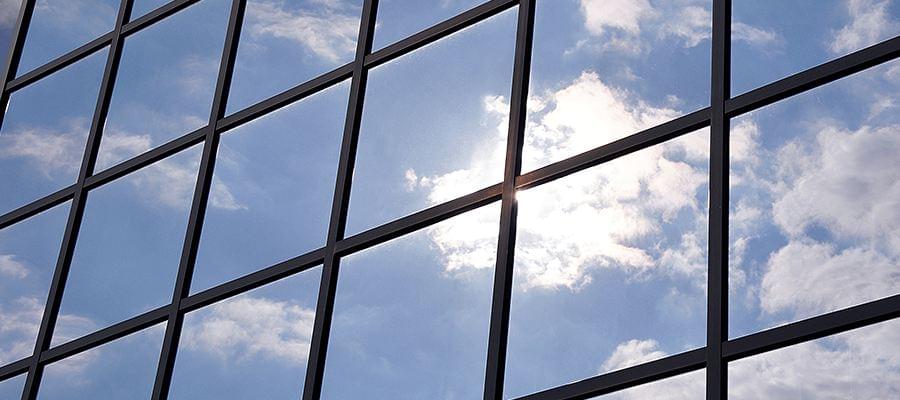
Alternatively, a chemical process is sometimes used wherein the glass is immersed in a chemical bath that produces the same effect. Chemical toughening is the better of the two and has the advantage of being possible on irregular or complex shapes. Keep in mind, this is different from laminated glass wherein a layer of PVB is sandwiched between two panes.
With a higher resistance to temperature change and physical stress, toughened glass can be used in areas where these are more likely to occur. Passenger vehicles provide a good example as they are subject to repeated heating and cooling. They sit outside all day and experience drastic changes in temperature throughout the year (think hot summer days versus snow storms) and need to withstand both small impacts from bumps or objects thrown up from the raod, but also accidents. Other common uses include:
The numerous ways in which safety glass can be used also opens up completely new design and application possibilities: it can be supplied painted, varnished, with ceramic printing or with any of several special coatings. Additionally, toughened glass can be ordered with decorative or ornamental glazing as well.
However, due to its surface compression, all requirements must be clear before production including being cut to size and shaped. Polishing, drilling or any cutting must be done in advance before the hardening process is complete. Finally, in contrast to laminated glass, tempered glass tends to shatter completely if broken whereas laminated glass stays together. This may also be a preferable outcome depending on location and purpose. The difference between safety and security is important to keep in mind here.
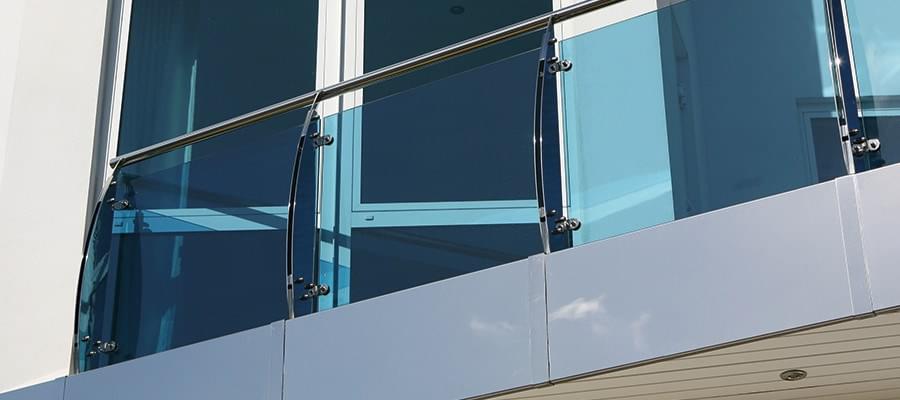
If tempered safety glass does not fulfill your requirements, you may opt for laminated glass instead. Constructed of two separate glass pieces with an interlayer of special polyvinyl butyral (PFB) foil, these three components are heated up under pressure and laminated together to form a single unit.
Laminated safety glass remains intact even when the glass is broken, thanks to the PVB foil on the interior. In this situation, the glass itself breaks but stays attached to the overall pane due to being bonded together.
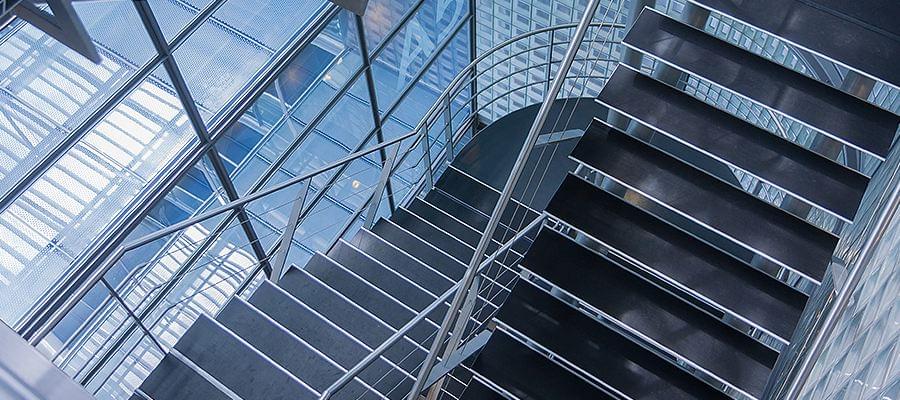
For this reason, laminated safety glass is employed where broken glass pieces must be avoided, such as in glass used overhead on the inside or outside of buildings as well as places like schools.
Laminated glass is also impact resistant used for increased security against burglary or intrusion.